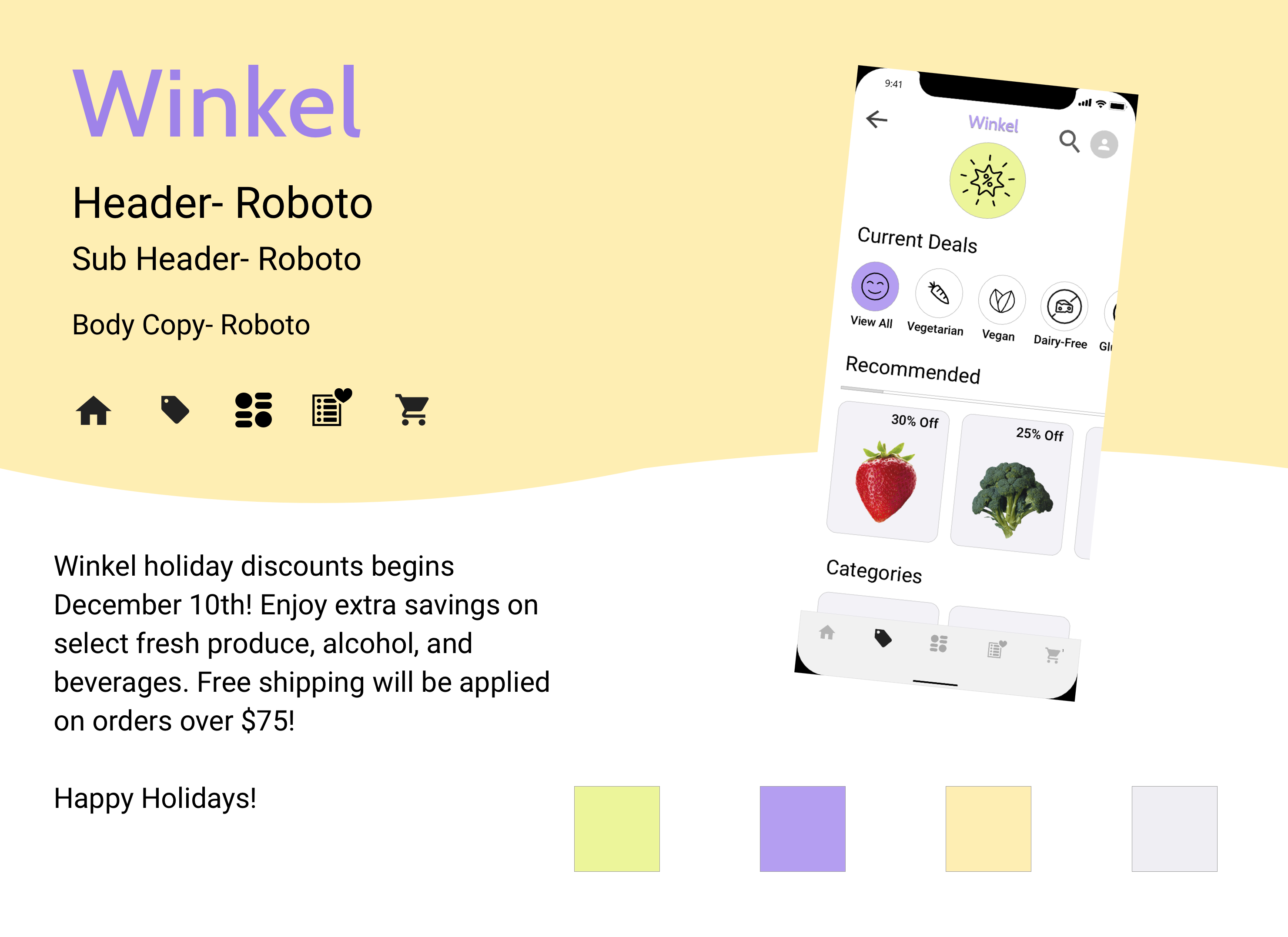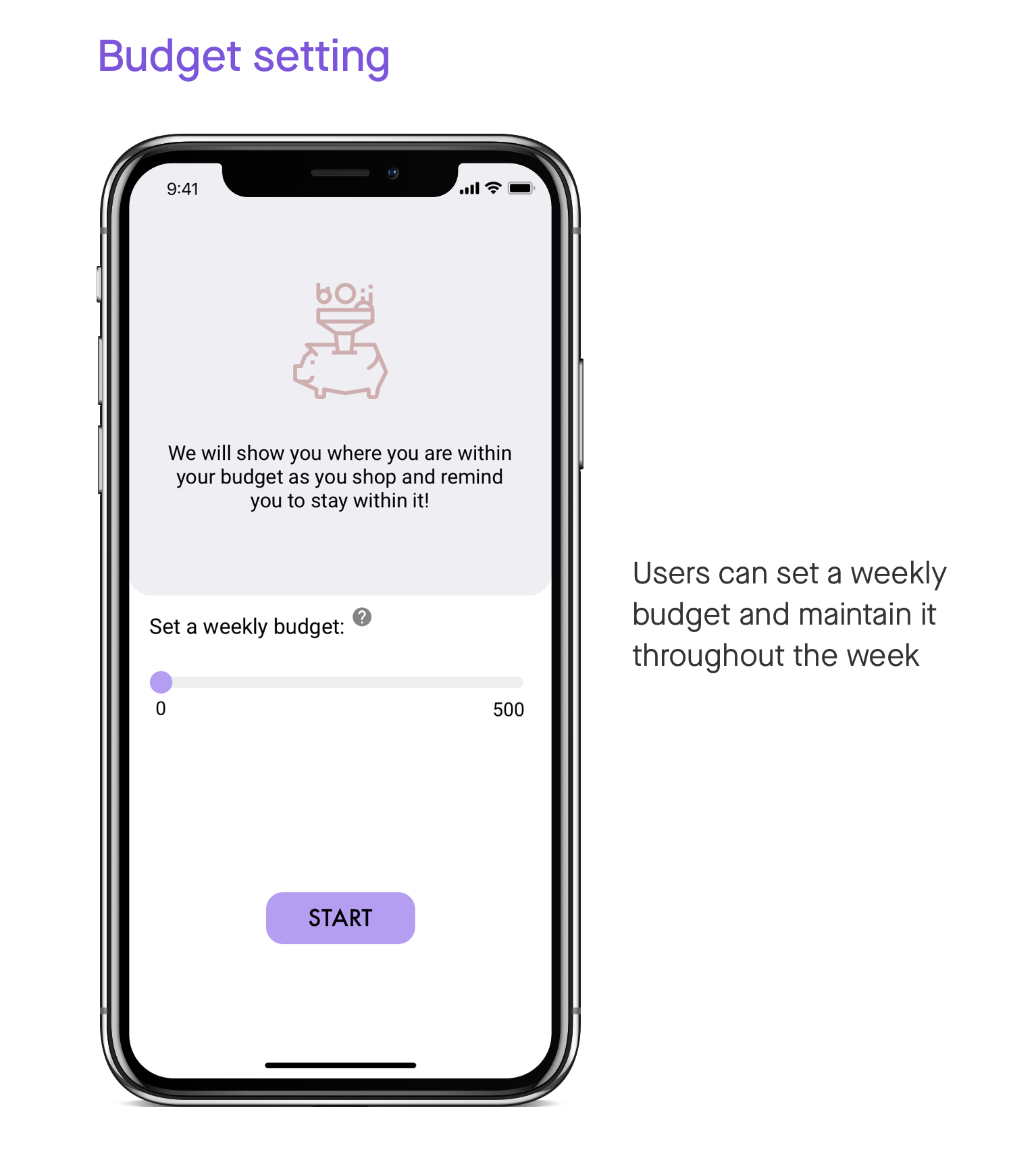Initial Findings
Should Winkel go mobile first?
In a study by the Food Marketing Institute conducted by Nielsen, online grocery sales are predicted to occupy 20% of total grocery retail by 2025. Amazon is currently leading the market with its share of 18% of the online grocery market (from a study by One Click Retail), while its closest competitor, Walmart, approximates half of Amazon’s market share. As Amazon has a strong online web presence and trends indicate a growth in mobile grocery app usage, going mobile-first may be a more convenient way for users to access Winkel and help identify Winkel as a quick and convenient solution for use on-the-go.
Barriers to Consider:
Some consumers may not trust the process of ordering fresh produce online.
According to a study by Nielsen:
- Only 9% of North American consumers have purchased produce online
- 69% of respondents agree that they would prefer to examine the products personally
- 64% of respondents expressed concern about product quality and freshness
Research into strategies such as guaranteeing a refund or same day product replacement could help curb these previous concerns.
Who are our competitors?
As research shows that the US online grocery shopping market is growing, I conducted a competitive analysis to take a closer look at the competitors within the market to gain a better understanding of the strengths and weaknesses of Winkel’s competitors, and identify areas of differentiation for Winkel’s strategic position.





























